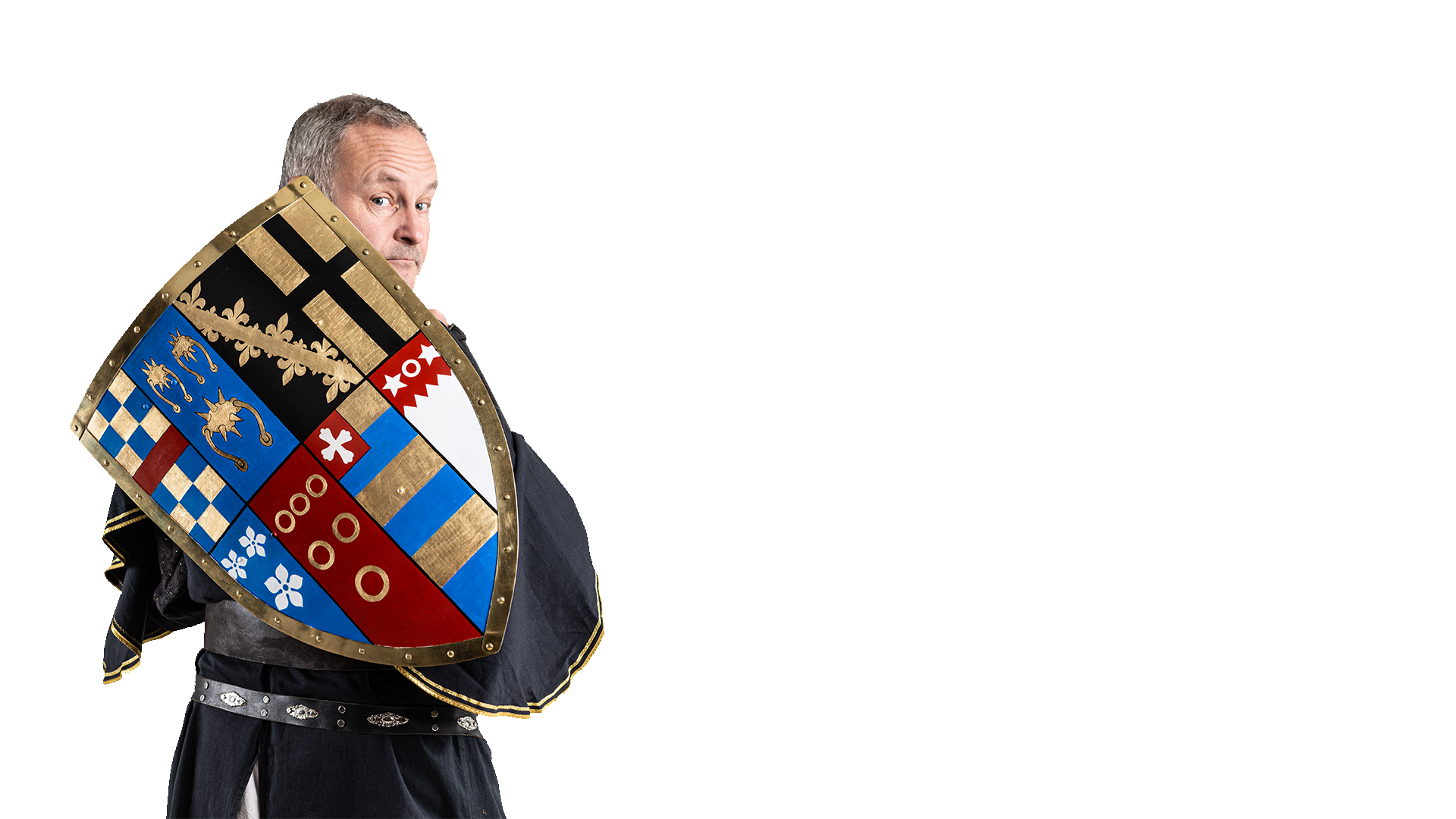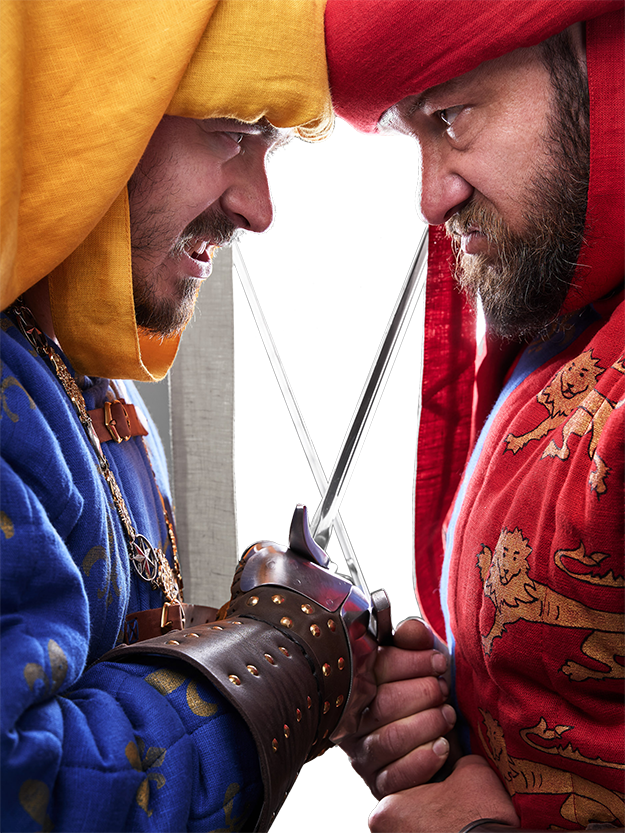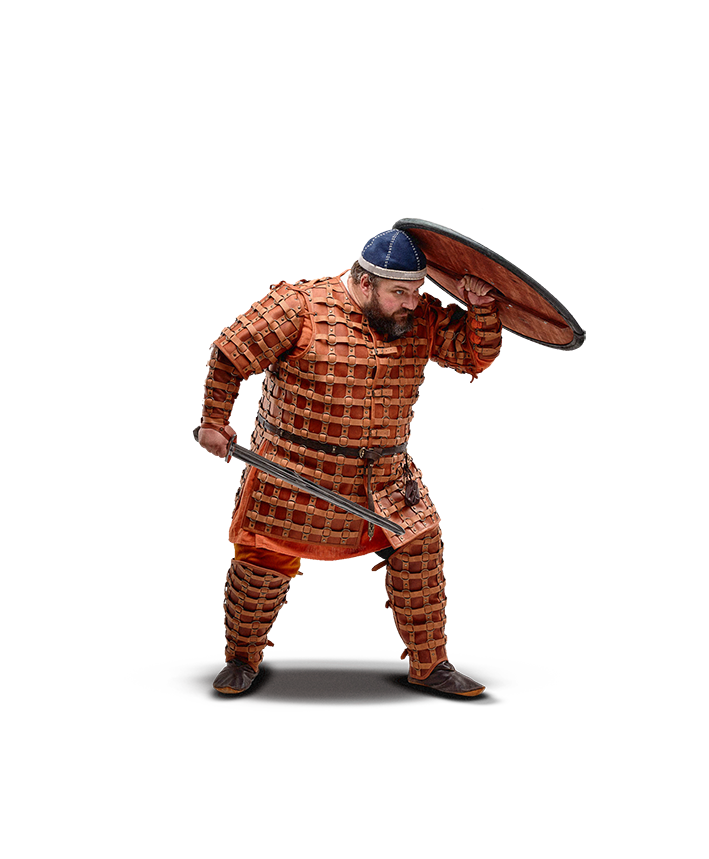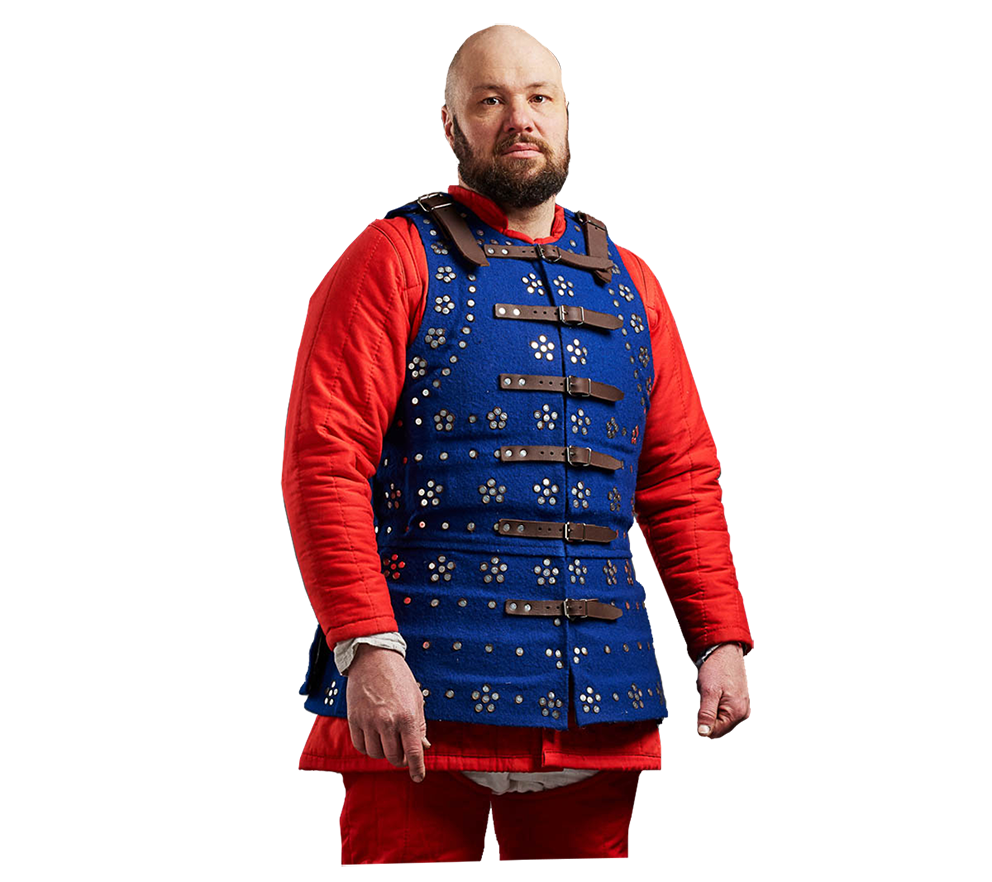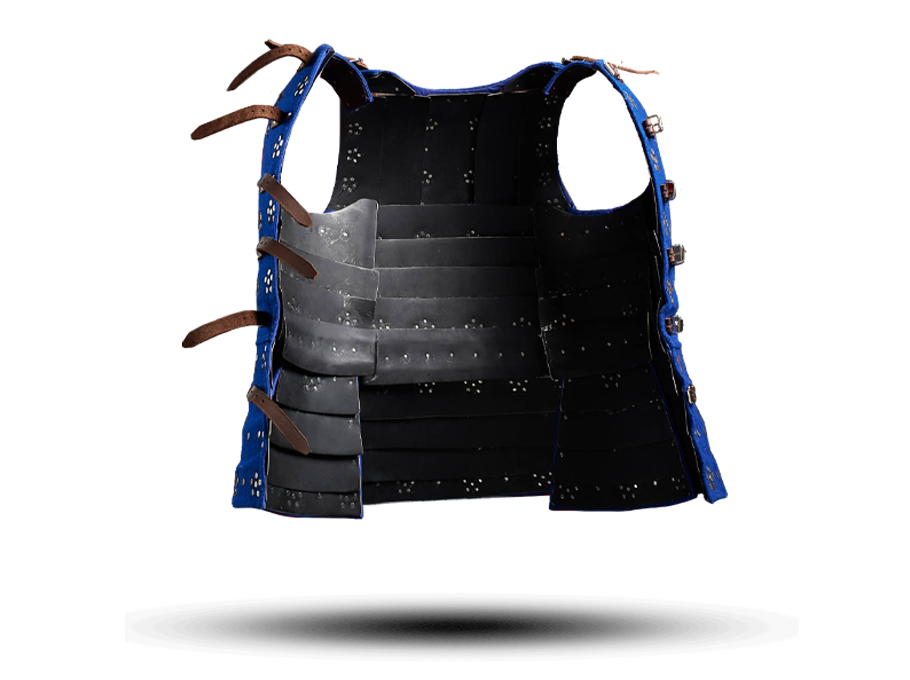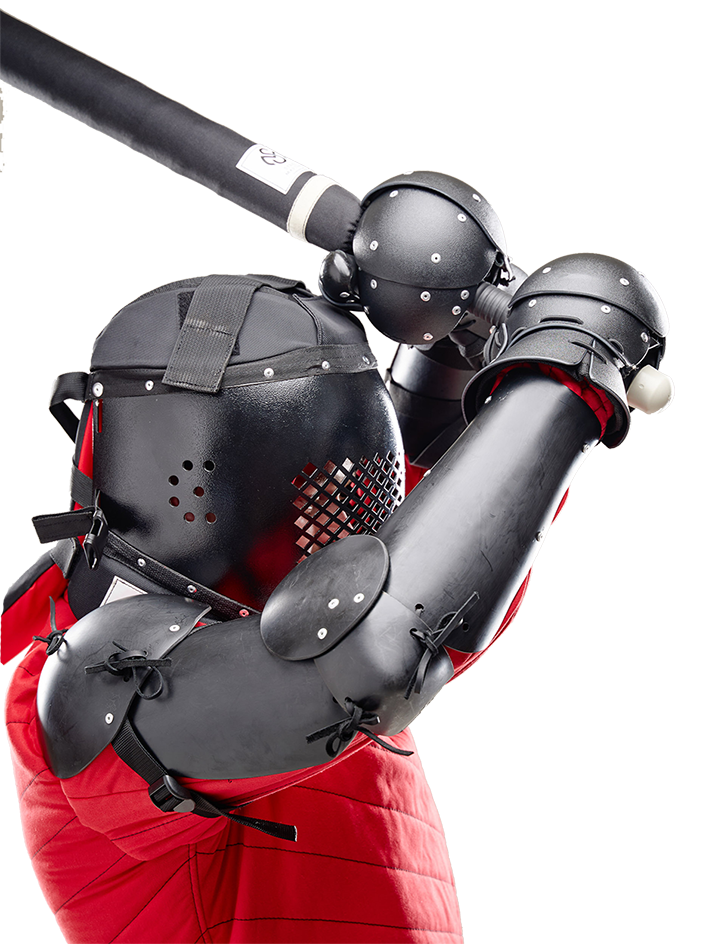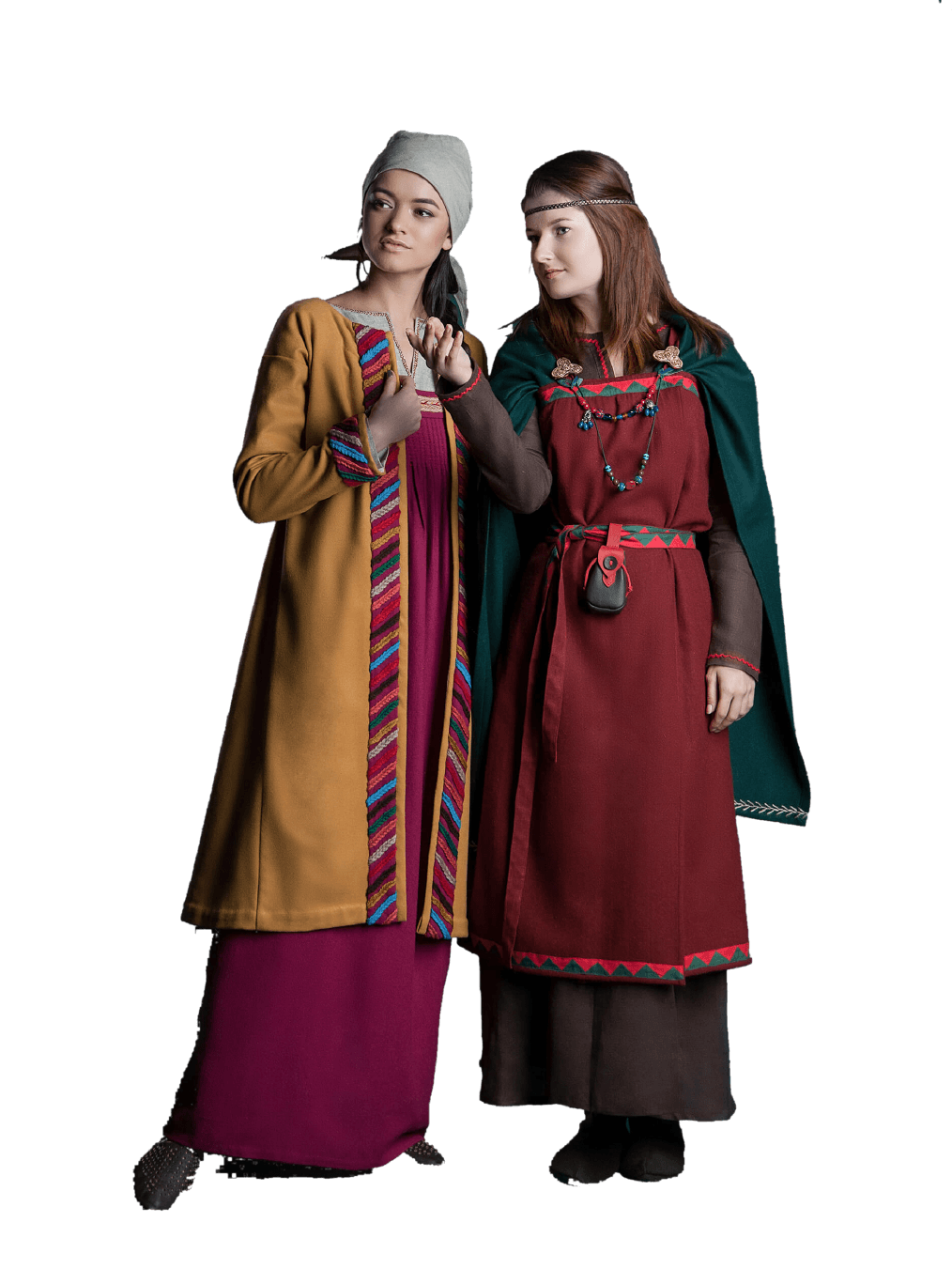Mappa dei clienti
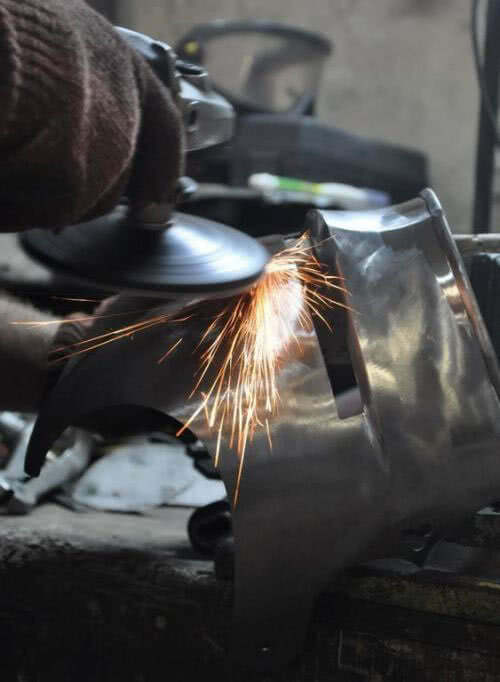
ABOUT
STEEL MASTERY
Manufacture was established in the 2001 by the group of people, who loves history and armour.
- Dress-making establishment (where we sew medieval dresses and costumes);
- Tailor shop (where we sew gambesons, aketons and other padded underarmour);
- Forge shop (where we make full-plate armour, brigandines and chainmails);
- Leather workshops (where we craft leather belts, bags, etc.);
Are you a reenactor or fencer, who participates in medieval combats? So, we will make reliable and durable body protection for you! Our handcrafted medieval armour will fit perfectly and protect you at BoTN and similar fights. It is compliant to standards of SCA and HMB. Do you take a part in medieval festival? We can make you perfect gown for such an occasion! A dress or costume made by your measures and historical patterns will fit you perfectly and make you look outstanding! Or, probably you are a fan of LARP? Then we offer your high-quality leather armour and accessories of the most popular characters from fantasy world. Are you looking for a gown for a masquerade, Halloween or a party with medieval dress code? So, you came to the right place! We will make you amazing attire that will be retained in your friends’ memory for a long time! If you didn’t find a model of the wished armour or costume in our medieval, so please send a pattern to us at [email protected]. We will be glad to turn your desires into reality!

Medieval armory
Dear friend, welcome to Steel Mastery — medieval shop, where you can choose and buy armour for any taste! We are medieval armour maker since 2001. Our products are popular and demanded because of its high quality, durability and accordance to historical analogues.
Our medieval store offers you such custom-made goods:
steel and titanium full-plate armour;
brigandines; lamellar armour;
chainmail protection;
gambesons and padded jacks.
Medieval shops and markets
Among numerous medieval shops and markets, we have several important benefits:
- more than 16 years’ experience in armour making;
- our crafters are members of medieval reenactment clubs, so they have first-hand knowledges, what a good, historically correct and reliable armour is; • hand-crafting of each piece of armour;
- made-to-measure production, what means, that we use individual parameters and regards of each customer;
- we use only 100% natural fabrics and high-quality materials.
Unlike many medieval times online stores, our reenactment shop is permanent exhibitor at the largest European markets in France (Pontoise, Orange, Compiegne, Dinan, Brignoles), Italy (Ferrara, Piacenza), Germany (Minden), Sweden (Gotland). So, customers may try, check the quality, choose and order our goods at place. We expand the assortment every year, add new models and offer the best products.
Medieval clothing store
We are as armor creator, so medieval clothing store. There are dozens of beautiful early medieval dresses, renaissance costumes, cloak and capes, fantasy style outfits that will be perfect for any medieval festival or reenactment event.
It’s quite easy to buy medieval clothing online at Steel Mastery. Be sure, that your costume will fit you perfectly, as we make it according personal parameters of a client.
If you did not find a model you wish, please send pattern to us [email protected] and we will be happy to make it for you.
Larp shop - not only serious-minded reenactors will be satisfied!
You may also call us medieval cosplay shop, as we have great many products for fans of fantasy and LARP. There are different models of leather armour, such as dwarf bracers, elf spaulders, leather cuirasses and various accessories.
Medieval store near me
If you are wonder where to buy a suit of armour or medieval clothing, so we are in one click of you! Just choose the wished item and define options to create an armour of unique design.
We ship orders all over the world, so if you have postal address - be sure, that your order will be delivered!
Medieval times gift shop
Looking for a wonderful present for festive occasion? We are at your service!
In our online medieval shop you’ll find beautiful samples of cast accessories (like a medieval brooches, bronze fibula or brass badges), handcrafted leather bags or homemade soap. Treat your closed ones with extraordinary gifts!
Iscrizione alla newsletter
Ricevi le informazioni circa il prodotto e gli aggiornamenti nella tua casella postale.


